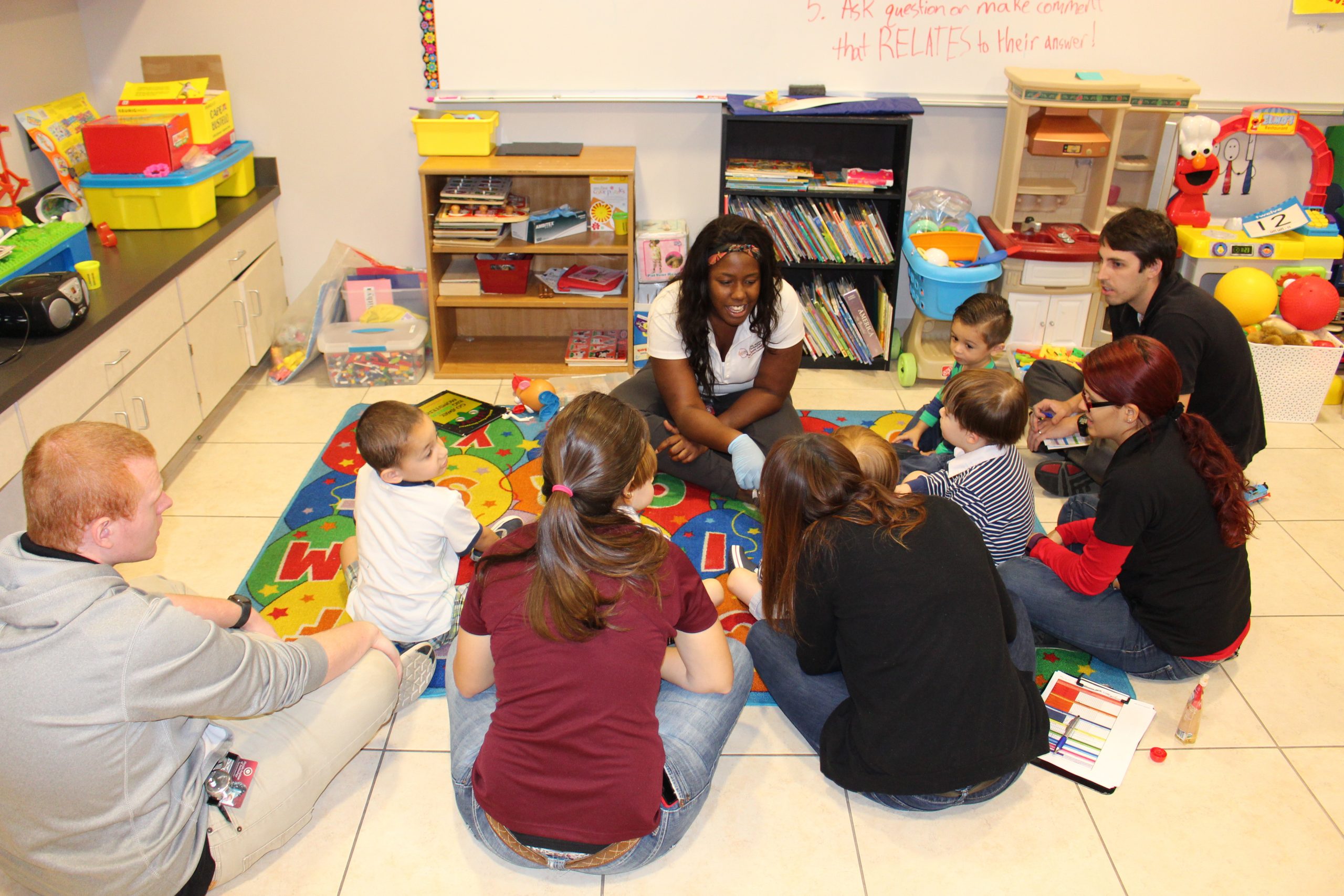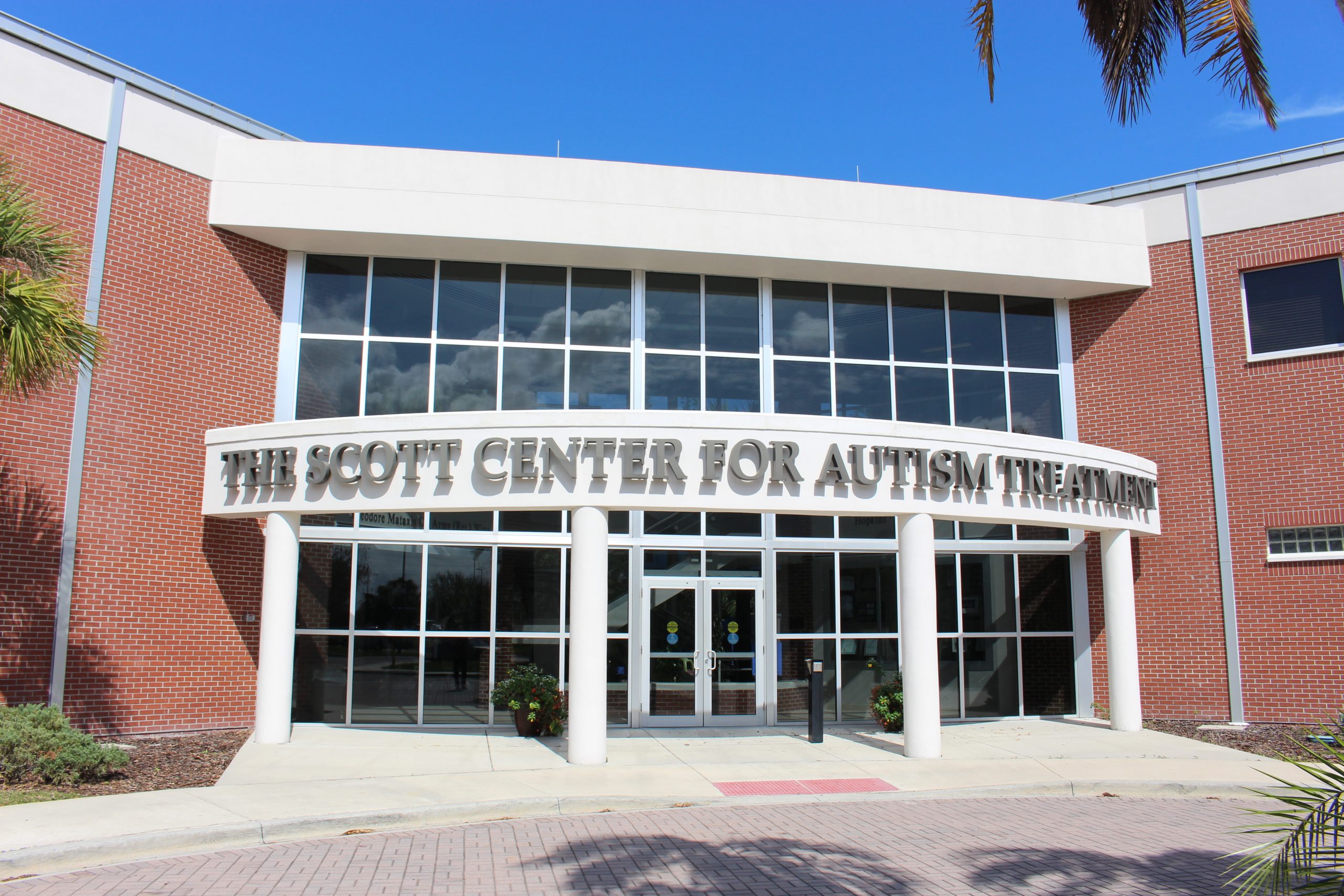The Scott Center for Autism’s telehealth program helps those with autism get the treatment they need.

Autism cases are rapidly increasing across the United States. According to autismspeaks.org, an estimated 1 in 59 children in the U.S. are affected by autism. Even more harrowing, data shows that the number of therapists required to treat all people with autism is about 50% of what’s needed; only half of those diagnosed with autism can receive access to the treatment needed to help cope with the issues autism brings. Four years ago, The Scott Center for Autism at Florida Tech began working on a program to help close this gap. Now, The Scott Center is a leader in telehealth and making autism treatment more accessible, bringing Applied Behavioral Analysis (ABA) to homes.
Boyd Mark, the director of telehealth for The Scott Center, shared that those at The Scott Center saw a “rising tide” across the health care industry, which was the increased use of telehealth services. Telehealth is the utilization of online services to deliver medical services such as pediatrics, dermatology, etc. According to Mark, telehealth is gaining traction because it delivers on what is known as the “triple aim.” Essentially, telehealth services are cheaper, help improve the overall health of populations and increases the accessibility of quality health care services to those who could not otherwise afford health services. Think: you don’t have to leave your home to consult with a doctor, and you can consult your doctor on a more regular basis.
However, as the team noticed a rise in telehealth services, they also noticed the lack of telehealth services for autism treatment. So, Ed and Cheryll Scott, along with Mark and the team of talented researchers at Florida Tech, began working on a comprehensive program to help those they could not service at The Scott Center’s physical campus.

Mark shared that to build their program, they focused on “the family journey:”
- Parents become aware that there is something wrong with their child. The parents notice things like, “my child isn’t playing with other kids,” or, “when my child is watching tv and we call their name, they don’t respond to us.” So naturally, the parents search for information online, but with the overabundance of information, they don’t know what to believe or who to trust.
- Once parents realize there is something wrong, they take their child to have an official assessment and/or official diagnosis.
- Once their child is diagnosed, a treatment plan is given.
To address the first part in the family journey, The Scott Center decided to create a platform to provide free online education and information to families: autismadvisor.org. Here, parents can find videos that were custom produced at The Scott Center which help parents recognize the early signs of autism, how to get a diagnosis, what a care team looks like and stories from other parents.
The next phase in the telehealth program was built to help with the second part of the family journey – screening. The Scott Center built screenourkids.org, a HIPAA compliant website where parents can create an anonymous account and screen their child. The site uses the same instruments pediatricians use when screening children but is offered for free. If the screening signals that a child may have autism, you can print out your results and take those to your pediatrician for further help and guidance.
The third phase was the delivery of clinical services. As previously mentioned, there is a shortage in professionals needed to help treat children with autism. Although the local community is fortunate to have The Scott Center, telehealth may be an option for busy families or families who live in areas where in-person services are not readily available. Phase three is meant to help deliver services to those who cannot gain access elsewhere.

The third phase was the delivery of clinical services. As previously mentioned, there is a shortage in professionals needed to help treat children with autism. Although the local community is fortunate to have The Scott Center, telehealth may be an option for busy families or families who live in areas where in-person services are not readily available. Phase three is meant to help deliver services to those who cannot gain access elsewhere.
With telehealth, The Scott Center can bring together a team of providers like a senior therapist, and a behavior technician – both provide ABA therapy with the child each week and also consult with and help parents – as well as a psychiatrist who can do, for example, 30 minutes of medication management a month. Because therapists don’t have to spend as much time driving to and from homes and offices, they can service more patients in a day. In this way, telehealth is more beneficial to the client and the provider. Though you could get therapy without telehealth, with telehealth, you can now get an array of coordinated services, all important and necessary in making a positive impact.
Of course, with autism on the rise and a shortage of therapists available, there is still a long way to go in treating autism. But The Scott Center’s telehealth program is shifting the landscape, and is doing its part to help close the gap.











